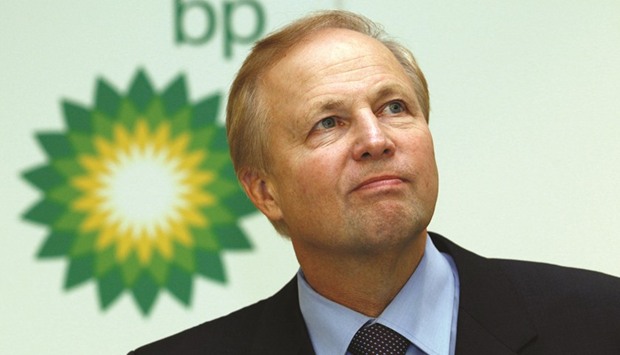BP Plc agreed to sell its stake in a Chinese petrochemical venture to a unit of China Petroleum & Chemical Corp for $1.7bn.
The British company will divest its 50% interest in Shanghai SECCO Petrochemical Co to Gaoqiao Petrochemical Co, it said. The sale, likely to be completed by year-end, marks BP’s exit from production of olefins and their derivatives, used in wallpaper, carpets and plastic cutlery.
Europe’s third-biggest oil company plans $4.5bn to $5.5bn of disposals this year to help pay for the 2010 Gulf of Mexico oil spill, for which it already set aside more than $50bn. The disaster forced BP to sell about a third of its assets, but chief executive officer Bob Dudley showed late last year he’s eyeing growth again after buying stakes in oil fields in Abu Dhabi and Africa.
BP earned $301mn in pretax profit from its SECCO stake in 2016. It has had a petrochemicals business in China since the 1970s and will continue to hold interests in three other ventures in the world’s most populous country.
“This decision aligns our petrochemicals business in China with our global focus on areas where BP has leading proprietary technologies and competitive advantage,” Rita Griffin, chief operating officer of BP Global Petrochemicals, said in a statement. “China is a key region for our chemicals business and BP will continue to look for opportunities to build on our position in the country.”
BP sold the bulk of its olefins and derivatives business to Ineos AG in 2005. Its current chemicals focus is on producing purified terephthalic acid, used in plastics for bottles, and making chemicals used in paints and solvents. China Petroleum & Chemical, also known as Sinopec, already owns a 30% stake in SECCO. SECCO supplies feedstock to Gaoqiao Petrochemical, while the latter is the main naphtha supplier to SECCO, according to a separate statement from Sinopec.

BP’s chief executive Bob Dudley speaks to the media at the energy company’s headquarters in London. The British company will divest its 50% stake in Shanghai SECCO Petrochemical to Gaoqiao Petrochemical, sources said.
